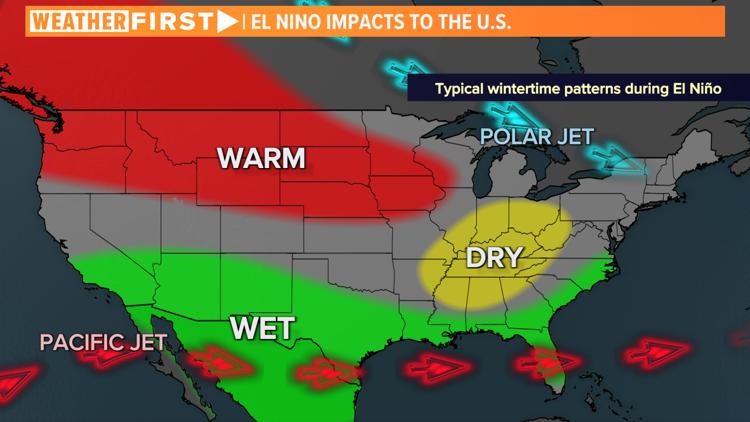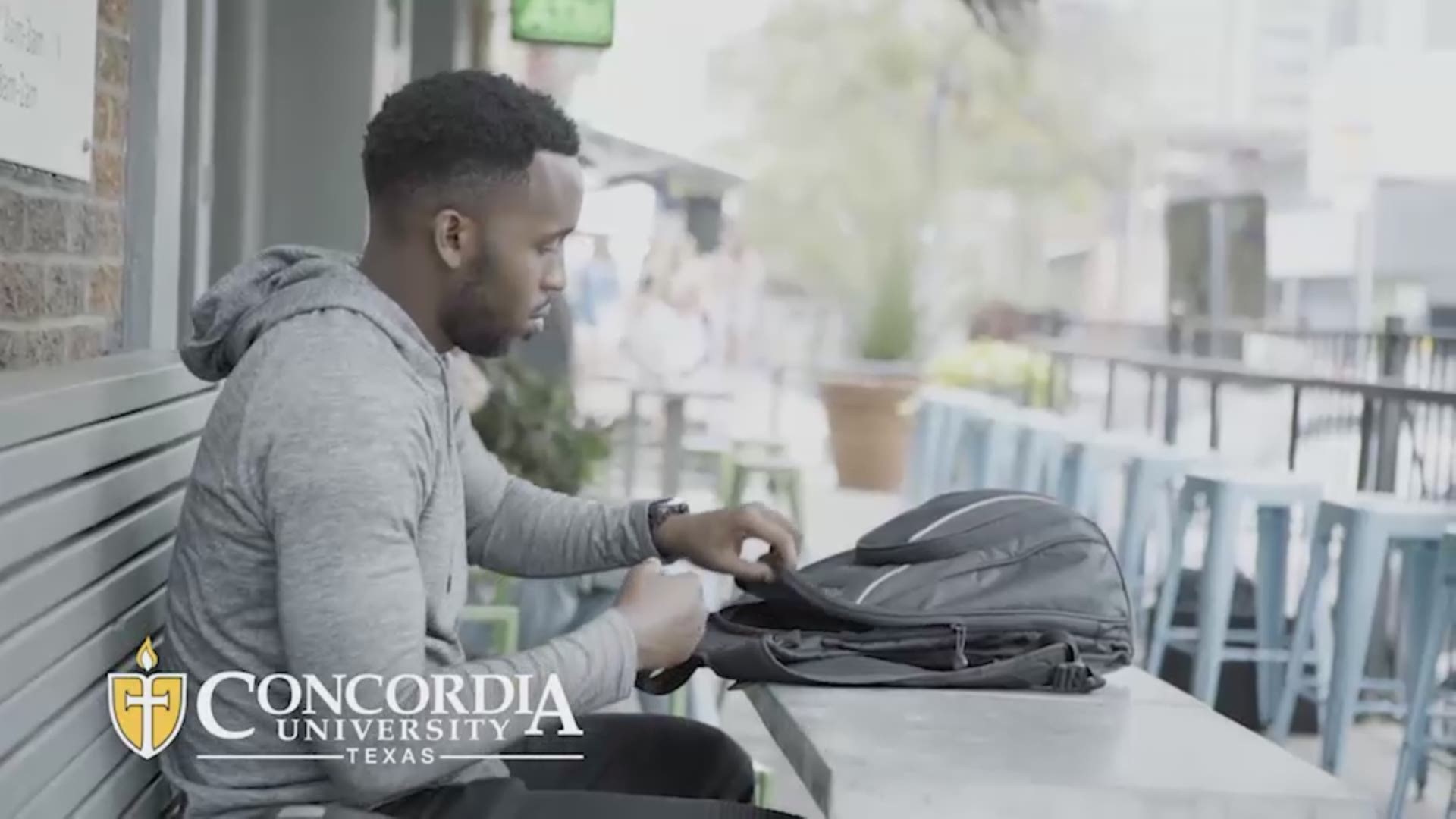AUSTIN, Texas — While summer was totally dry and fall was moderately dry, expect things to change as we approach the winter season.
The National Center for Atmospheric Research (NCAR) has recently released its latest guidance for the upcoming El Nino and is now predicting what is called a "Super El Niño".
NCAR scientist Stephen Yeager, who assisted in the effort to compile this forecast, said that the organization is confident in its forecast.
“Our forecast system has shown that it can do a remarkably good job of accurately hindcasting past El Niño events when we’ve tested it using historical data, which gives us high confidence in this forecast,” Yeager said.

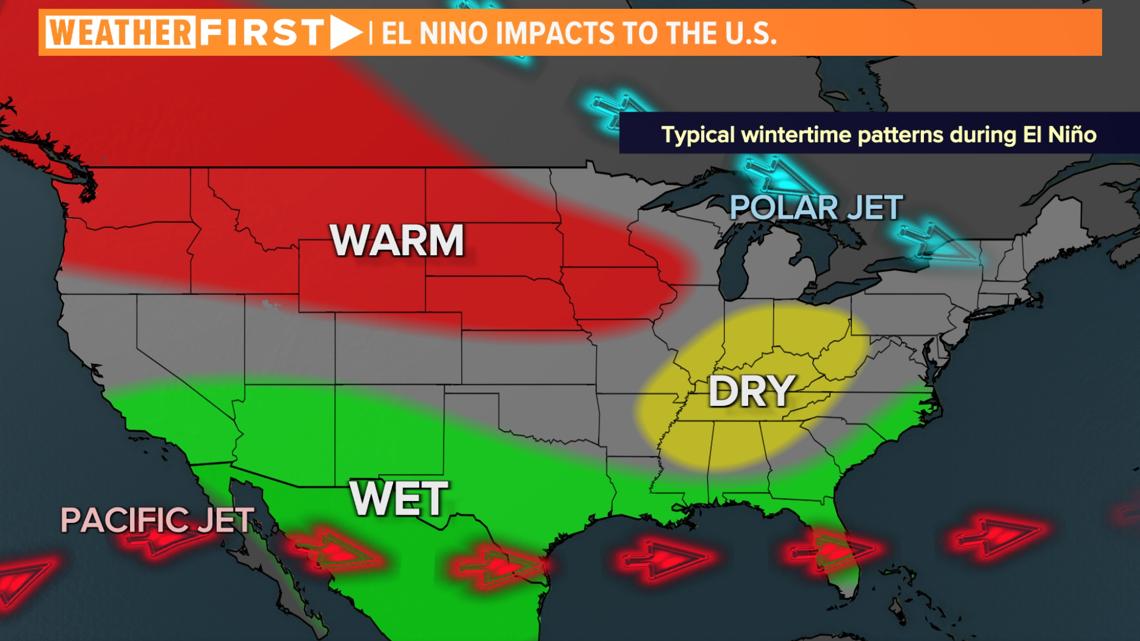
El Niño events are categorized by using a metric called the Niño 3.4 index, which is a measure of average sea surface temperatures in a defined area in the tropical Pacific Ocean. If the El Niño index is forecast to be greater than two degrees Celsius (1.12 degrees Fahrenheit) above average, it is then categorized as a Super El Niño.

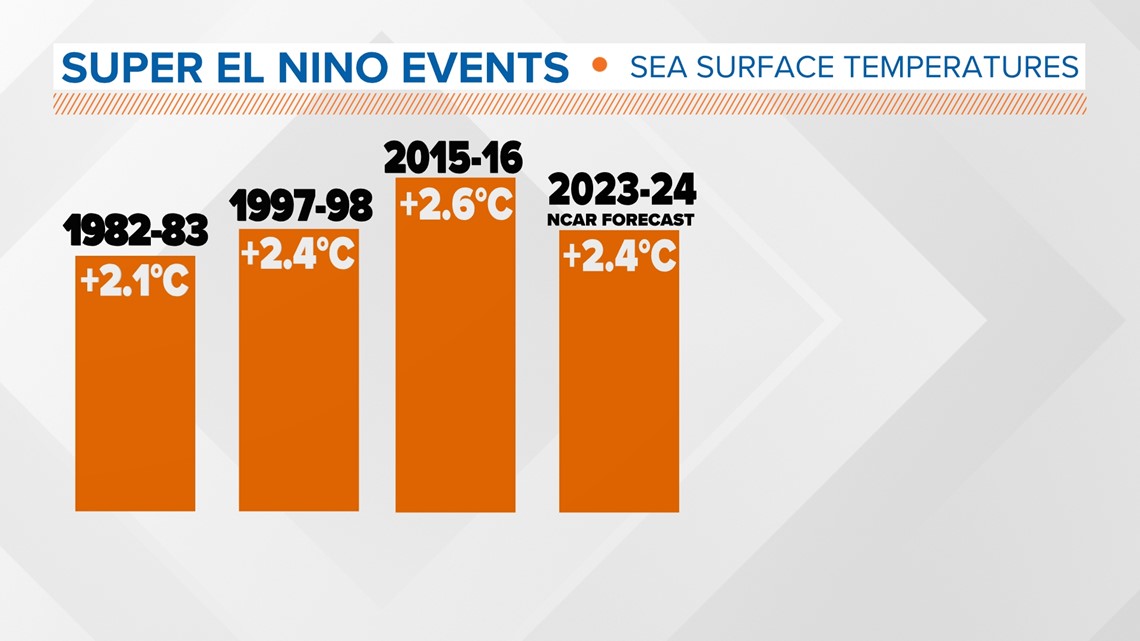
NCAR predicts that this Super El Niño will be similar to that of the winter of 1997-1998, when the aforementioned Niño 3.4 index was at 2.4 degrees Celsius (1.34 degrees F) warmer than average.
Impacts to Central Texas
It's important to note that the 1997-1998 Super El Niño winter had a profound impact on the amount of rainfall Central Texas saw. Camp Mabry recorded a whopping 10.22 inches of rain during this period.
With NCAR's prediction of a similar Super El Niño to the one seen in 1997-1998, it is plausible that we could have similar rainfall totals. However, there have been similarly strong El Niños that did not produce nearly as much rain, as seen with the winter of 2015-2016. The Niño 3.4 index that winter was slightly higher, at 2.6, but Camp Mabry only received 4.68 inches of rainfall.

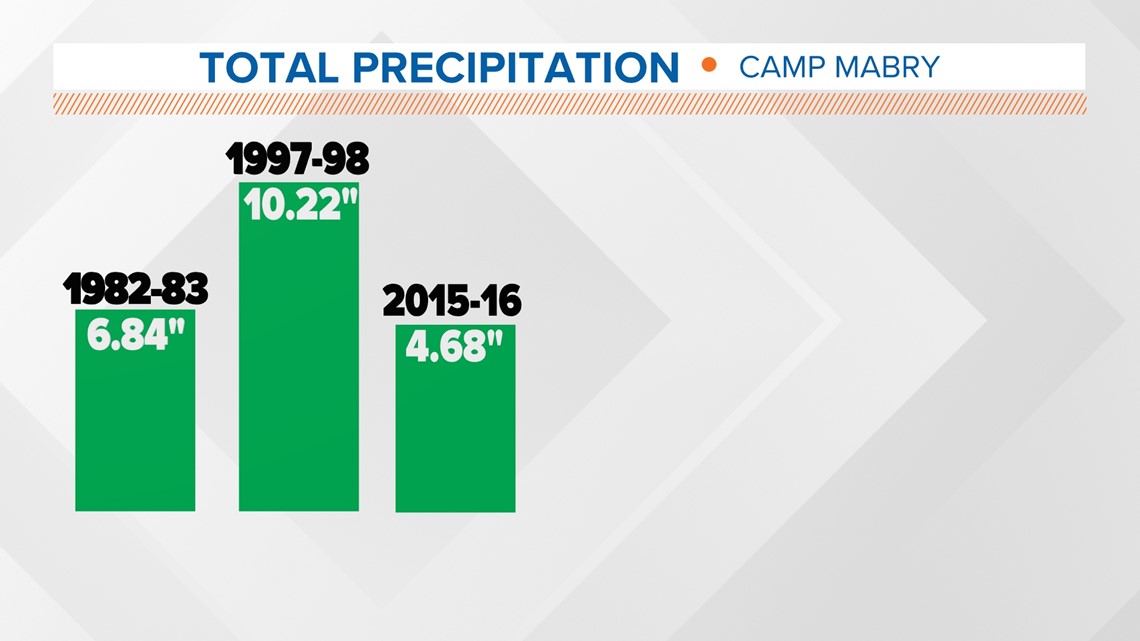
Additionally, temperatures have not had much of a change, regardless of how strong the El Niño has been. While the 1982-1983 season had an average low around 41, we've had milder winters over the last couple of strong El Niños that have taken place, with the 1997-1998 winter and the 2015-2016 winter seeing average lows at Camp Mabry only down to the mid-40s.
However, this does not mean we won't see any temperatures that drop below freezing. It's important to note that whether or not we have a winter weather event will depend on how cold we get and whether or not we get any precipitation during the coldest periods.

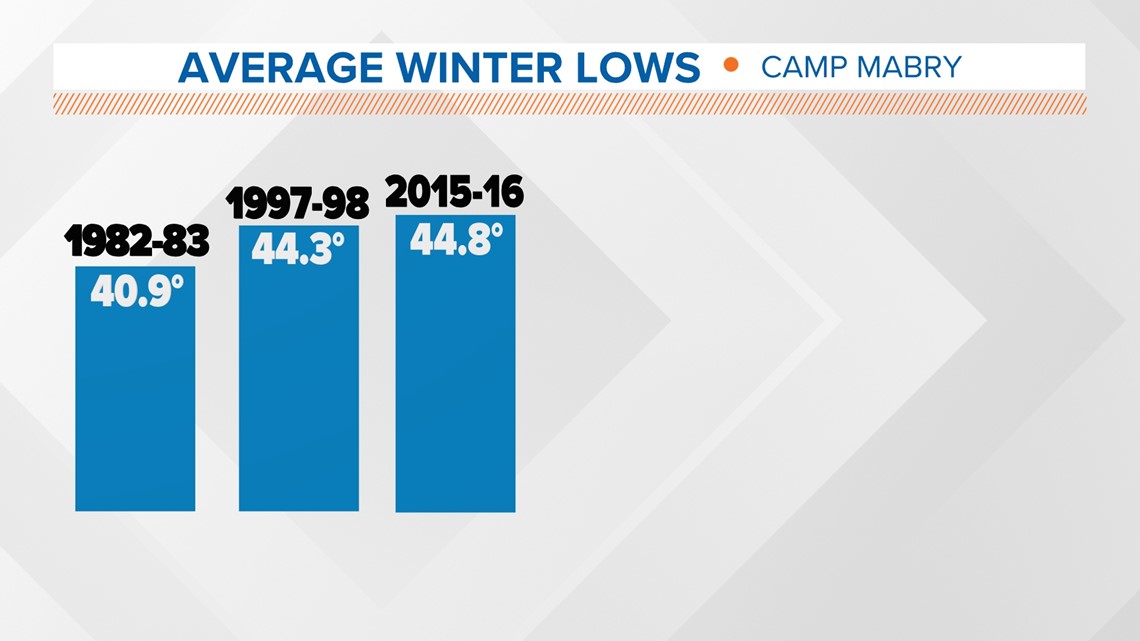
Stick with KVUE for the latest on your forecast during these winter months. We will continue to put Weather First and let you know of any chances for winter weather.

